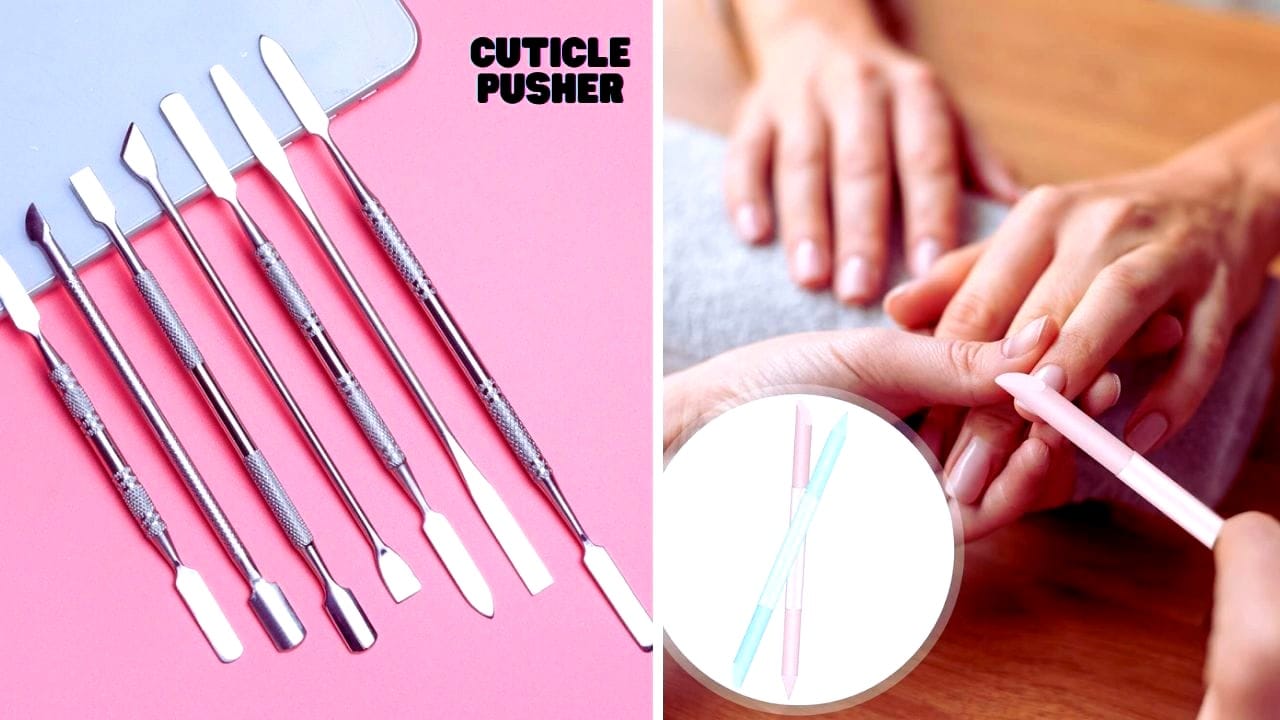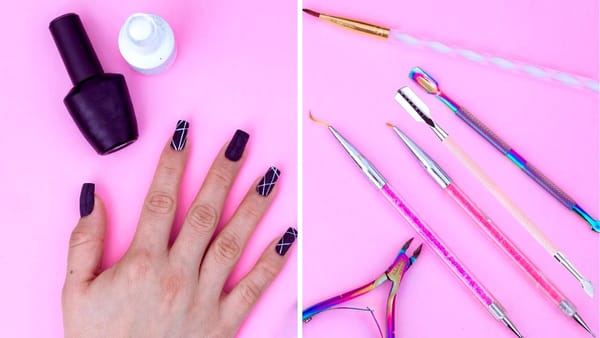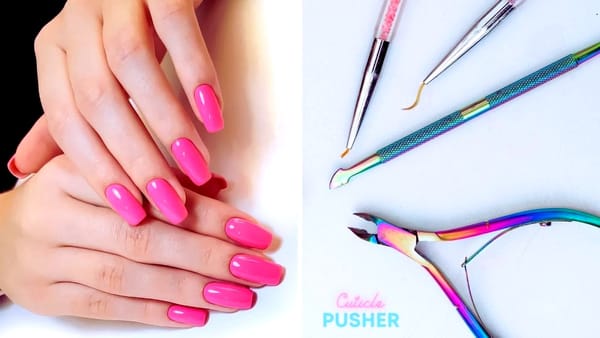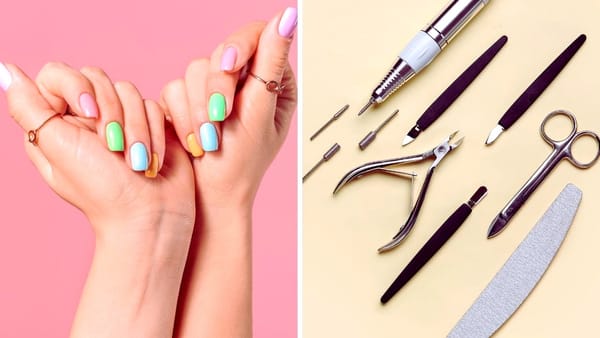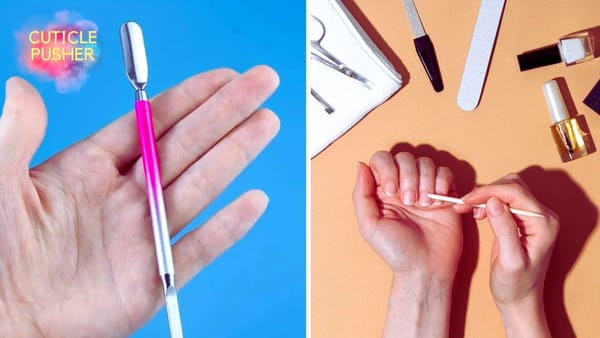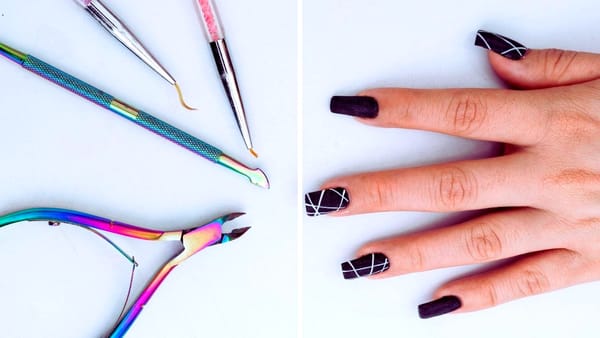Key Takeaways:
- A cuticle pusher is a tool designed to gently push back the cuticles, promoting better nail health and preparing nails for manicures.
- Regular use of a cuticle pusher can prevent painful lesions and infections by maintaining clean nail beds.
- Choosing the right cuticle pusher, whether wooden or steel, and using it correctly is crucial for safe and effective cuticle care.
Understanding the Cuticle Pusher
A cuticle pusher is an essential tool in any nail care routine. Its primary purpose is to gently push back the cuticles on the nails, which can help maintain the overall health of your nails. But what exactly are cuticles, and why do they need to be pushed back? Cuticles are the thin layers of dead skin at the base of each nail. They serve as a protective barrier for the nail bed, but over time, they can become overgrown or hard, leading to a less-than-desirable appearance and potential nail health issues.
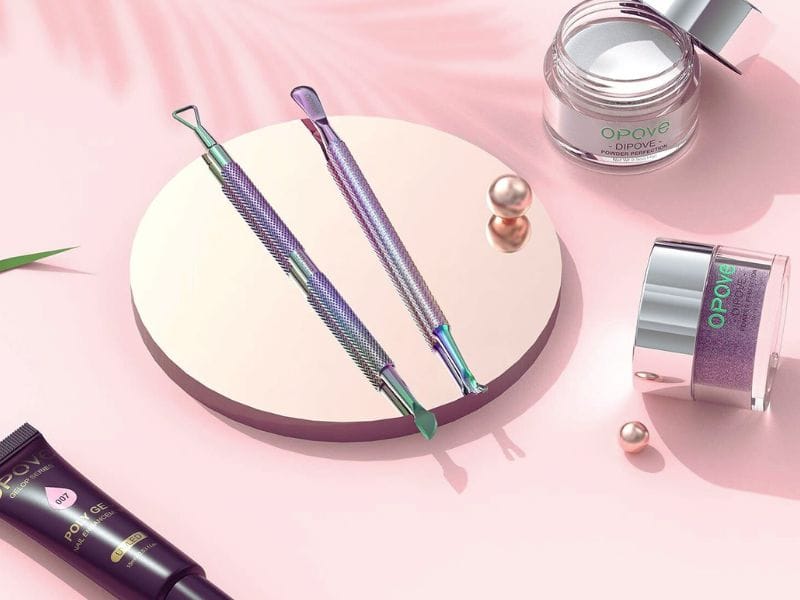
The Role of Cuticle Pushers in Nail Health
Using a cuticle pusher can make all the difference in the appearance and health of your nails. By gently pushing back the cuticles, you expose the full nail plate, allowing for a more polished look when applying nail polish. Moreover, it prevents the buildup of dead skin, which can harbor bacteria and lead to infections. Regular maintenance with a cuticle pusher keeps the nails looking neat and can even make the fingers appear longer and more elegant.
Types of Cuticle Pushers
When it comes to choosing a cuticle pusher, there are mainly two types: wooden cuticle pushers and steel cuticle pushers. Wooden ones, often referred to as orange sticks, have a soft tip that is gentle on the nails and is ideal for those with soft cuticles or sensitive skin. Steel cuticle pushers, on the other hand, are more durable and have sharp tips that can be used for more stubborn or hard cuticles.
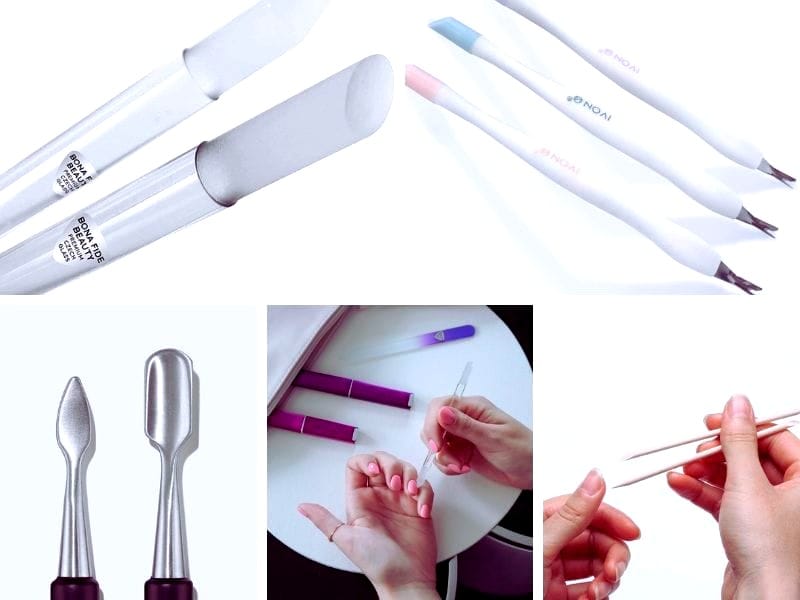
How to Use a Cuticle Pusher Correctly
The process of using a cuticle pusher starts with softening the cuticles. Soaking your fingers in warm water with mild soap can help soften the cuticles, making them easier to work with. After drying your hands with a clean towel, you should apply a cuticle remover to help further soften the area. Then, using the rounded part of the cuticle pusher, you can gently push back the cuticles on each nail, being careful not to cause any damage to the nail bed.
Preparing Your Nails for Pushing Cuticles
Before you even touch a cuticle pusher, it's important to prepare your nails properly. This involves cleaning your nails and applying cuticle oil to soften the cuticles. A few minutes spent soaking your nails in a small bowl of warm water can also help to soften the cuticles, making them easier to manipulate without causing damage.
The Technique of Pushing Back Cuticles
The technique of pushing back your cuticles is simple yet requires a gentle touch. Holding the cuticle pusher at an angle, you should gently slide it along the nail bed, carefully pushing the skin back. It's important to avoid using too much force, as this can damage the delicate skin and potentially lead to painful lesions or infections.

The Importance of Regular Cuticle Care
Incorporating cuticle care into your regular nail care routine is vital for maintaining healthy nails. Regularly pushing back cuticles not only keeps your nails looking tidy but also helps to prevent issues such as hangnails, painful lesions, and infections. It's a simple step that can have a significant impact on the overall health of your nails.
Cuticle Pushers vs. Cuticle Clippers
While cuticle pushers are designed to push back the skin, cuticle clippers are used for trimming away excess cuticle. It's important to note that cutting cuticles can be risky and should be done with caution to prevent infection. For most people, a cuticle pusher is sufficient for maintaining clean and healthy nail beds.
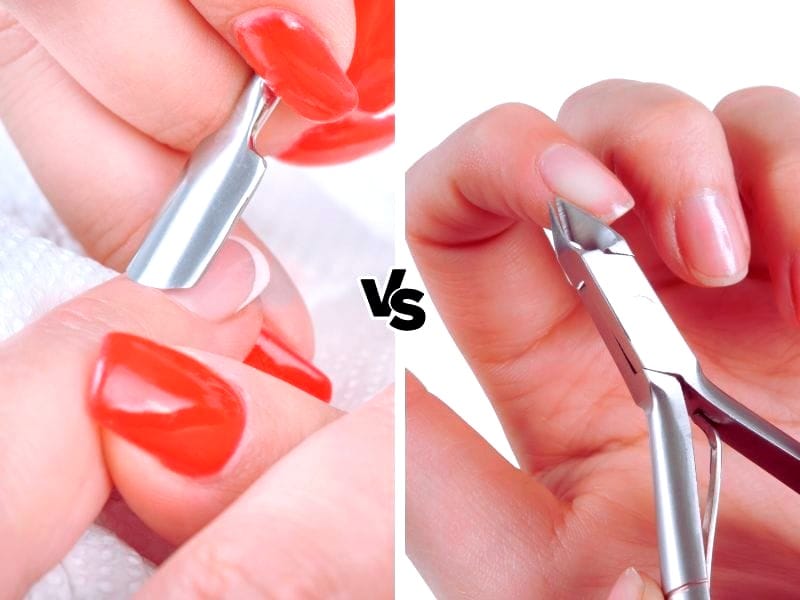
Aftercare: Post-Cuticle-Pushing Tips
After you've used a cuticle pusher, it's important to gently dry your nails with a small towel and reapply cuticle oil to keep the skin hydrated. This helps to prevent your cuticles from becoming dry or brittle, which can lead to cracking and peeling. A good moisturizer can also help to maintain soft and supple cuticles.
Choosing the Right Cuticle Pusher for You
Selecting the right cuticle pusher is crucial for effective cuticle care. Consider the material and the shape of the tool. A pusher with a rounded tip is generally safer and more comfortable to use, while those with sharp pointy ends should be used with extra care to avoid injury. Your choice may also depend on whether you have soft or hard cuticles and whether you're a professional nail technician or a home user.
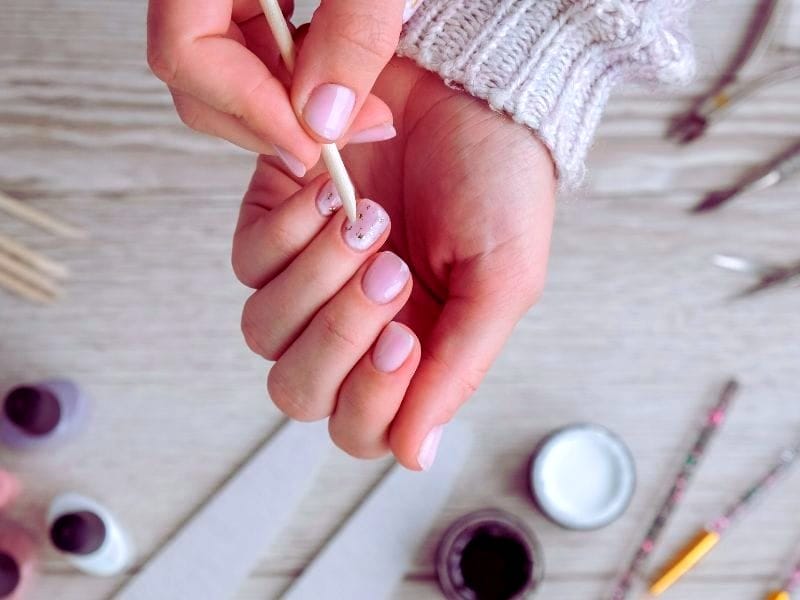
The Do's and Don'ts of Using a Cuticle Pusher
When using a cuticle pusher, there are certain do's and don'ts to keep in mind. Do gently push and do not force the cuticles back. Clean your tool before and after use to prevent infection. Don't use a cuticle pusher on dry or unprepared cuticles, which can cause damage. And most importantly, don't push too far or too hard, as this can harm the nail bed and surrounding skin.
Cuticle Care for Different Nail Types
Whether you have brittle, strong, or acrylic nails, cuticle care should be tailored to your specific nail type. For those with brittle nails, a gentler approach with a wooden cuticle pusher might be best. For stronger nails, a steel pusher can be more effective. And for acrylics, being cautious not to lift the nail from the nail bed is key when pushing back cuticles.
Summary
A cuticle pusher is a simple yet essential tool for maintaining nail health and enhancing the appearance of your nails. It is used to gently push back the cuticles, which can prevent painful lesions and infections. There are different types of cuticle pushers available, and choosing the right one, along with proper technique and aftercare, can make a significant difference in your nail care routine. Regular use of a cuticle pusher, complemented by cuticle oil and proper hygiene, will keep your nails looking their best.
FAQ Section
Can pushing back cuticles cause damage to my nails?
If done gently and correctly, pushing back cuticles should not cause damage to your nails. However, excessive force or improper technique can lead to painful lesions or infections.
How often should I use a cuticle pusher?
The frequency can vary depending on your nail growth and personal preference, but generally, using a cuticle pusher every 1-2 weeks is sufficient for maintaining healthy cuticles.
Is it better to use a wooden or steel cuticle pusher?
The choice between wooden and steel cuticle pushers depends on your nail type and personal preference. Wooden pushers are softer and better for sensitive skin or soft cuticles, while steel pushers are more effective for harder cuticles.
